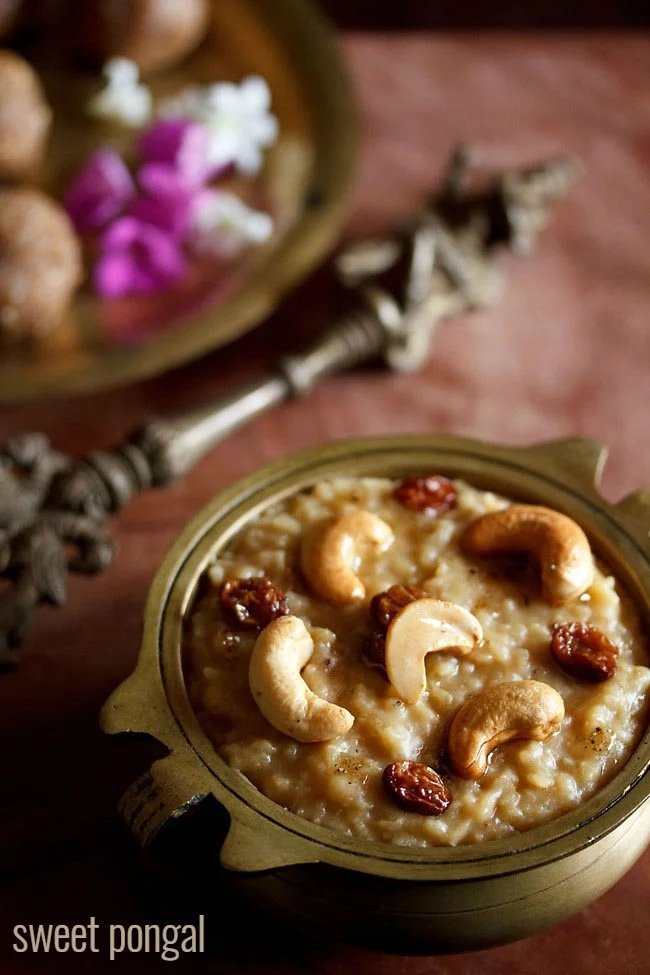Camphor is one of those shape-shifting compounds that is ubiquitous, and has been prevalent throughout history. In its many avatars, it has been used as a fumigant during the era of Black Death, an ingredient in Vicks and perfumes and lastly, in its edible form as a culinary ingredient.
As published in the Goya Journal on 15 September, 2022.
In the Tamil calendar, the month of Aadi falls between July and August, and the 18th day of this month is celebrated as Aadi Perukku or Padinettu Perukku. The word Perukku means rising and Padinettu denotes the number 18. The festival is celebrated in honour of our water bodies, worshipping them and praying for the abundance of the elixir of life.
A common ritual for Aadi Perukku involves making varieties of rice-based dishes and eating them by the riverfront. As Aadi Perukku continues to be celebrated today, many of us feast on a carb-heavy diet away from the rivers and the significance of the ritual in our urban homes.
My standard menu for Aadi Perukku is tamarind rice, lemon rice, coconut rice and a rice-based dessert that usually turns out to be sakkarai pongal. Making sakkarai pongal involves adding jaggery to cooked rice and lentils to create this creamy comfort food of a dessert. There is a certain poetry to this dish, which I have never been able to crack. Something is always amiss, and only once, for Aadi Perukku about seven years ago, did I turn this humble dessert into a mellifluous saga. On that day, my pongal stars were perfectly aligned, and I have since tried to recreate the magic for every harvest festival, Pongal or for Aadi Perukku, only to be disappointed. I recently rediscovered the one tiny ingredient that can elevate the status of my sakkarai pongal, bringing it close to perfection.
And that ingredient is edible camphor.
To read the complete story, visit Goya Journal.
Cover image courtesy: Dassana Amit
